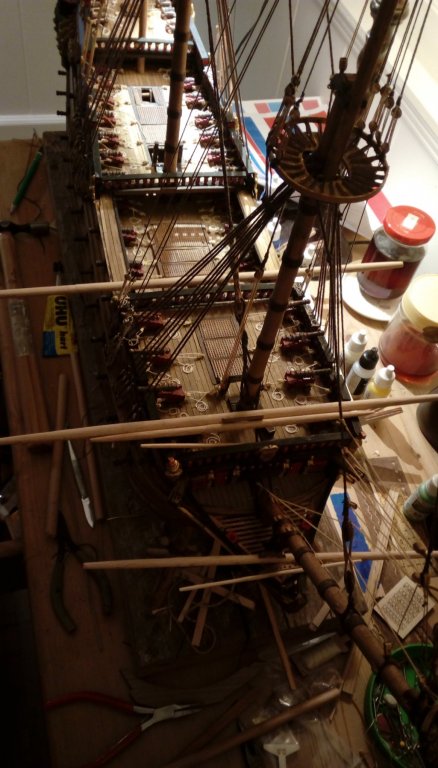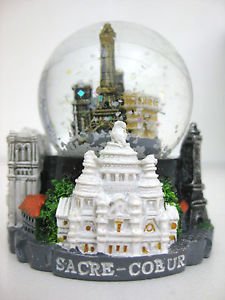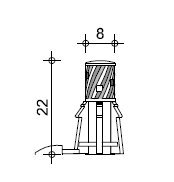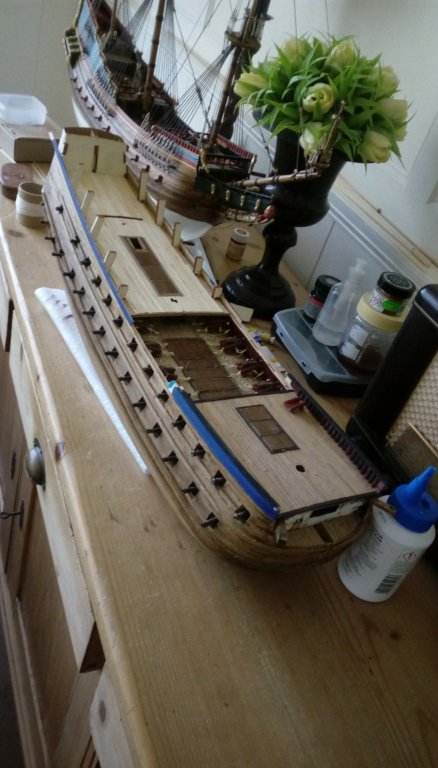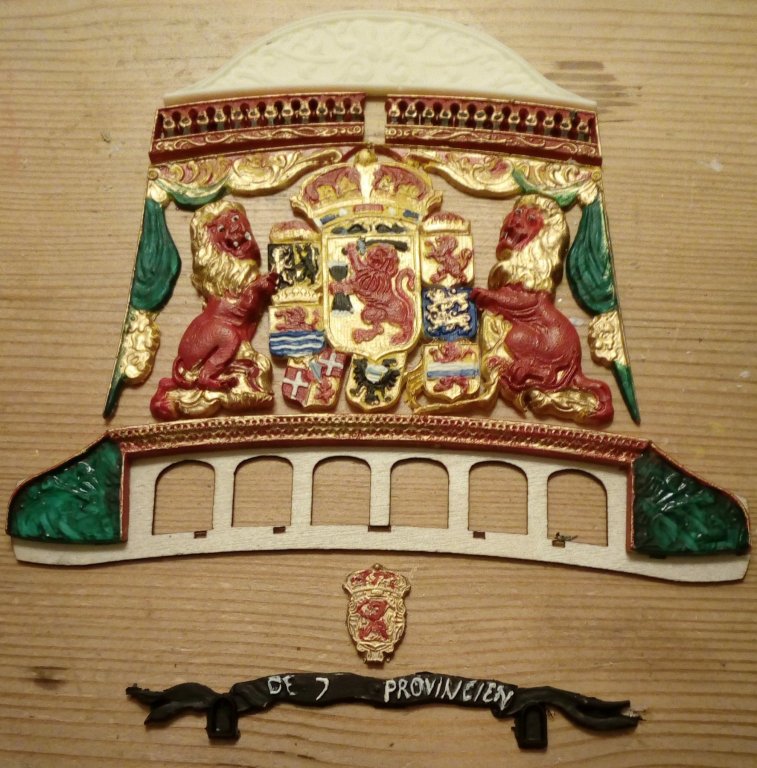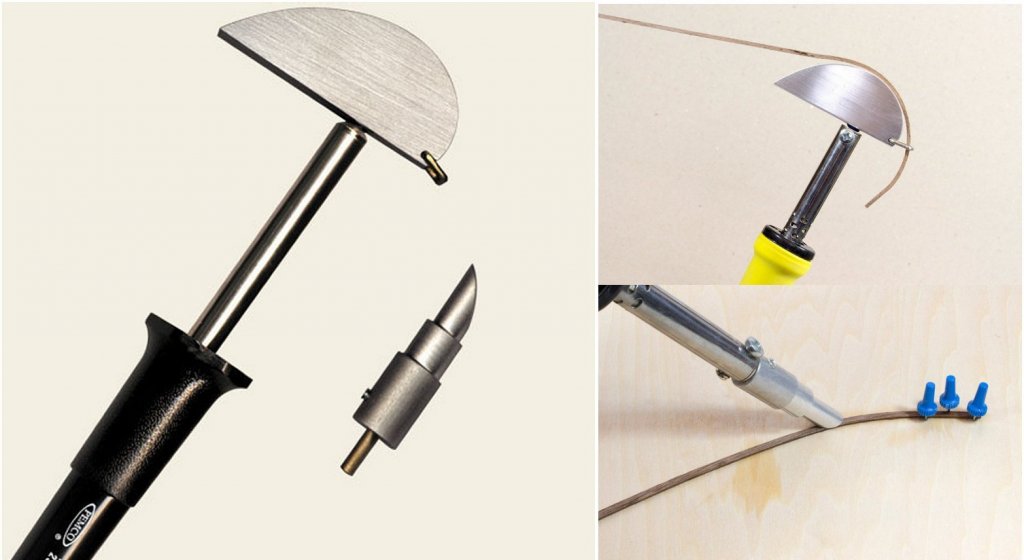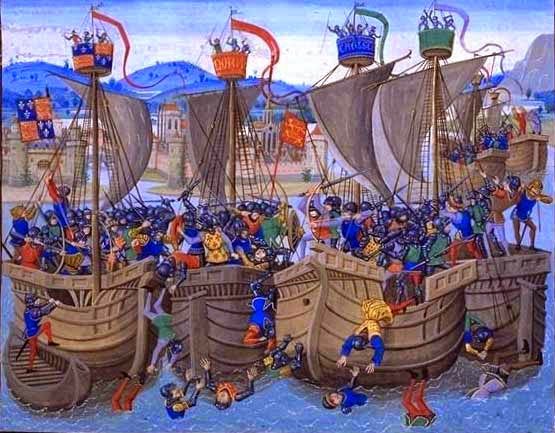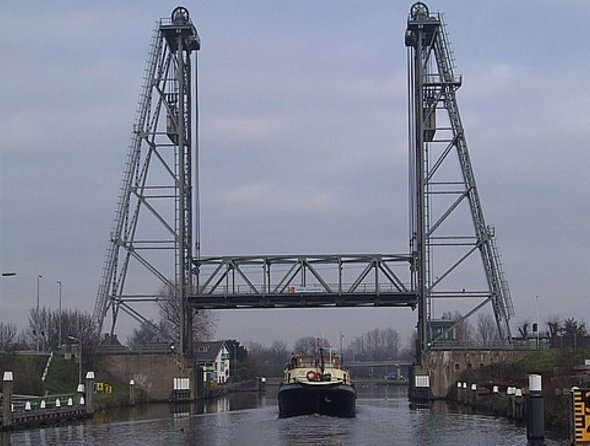-
Posts
450 -
Joined
-
Last visited
Content Type
Profiles
Forums
Gallery
Events
Everything posted by *Hans*
-
Rigging is fun. Have a look at drawing 2 of the Duyfken - but be careful - it might be scary....
- 473 replies
-
- greek bireme
- dusek
-
(and 1 more)
Tagged with:
-
All you readers might have noticed this build is not really updated every week (or so). This is because I am very busy on creating the third model in my range of Dutch 17th century ships. This time I am building quite a big one: De Zeven Provinciën from 1665 - the flagship of Michiel Adriaansz. de Ruyter. I hope to start a build log on this one within short time, but as the plan is to launch her as a model kit end of this year (short before Christmas) this might take some more time. I am very occupied in finishing the model and preparing the box and her contents. A few pictures to give some more information: More info on http://kolderstok.com/zevenprovincien.en.html
-
Hi Anton, Here you can have a view on your next model :-) http://kolderstok.com/zevenprovincien.html Unfortunately yet only in Dutch. The English site will follow within the next days.
- 322 replies
-
- sergal
- sovereign of the seas
- (and 5 more)
-
Try to find it myself as well last few days. But the only globe I found was this one: Isn't quite the same on the mantelpiece...
- 322 replies
-
- sergal
- sovereign of the seas
- (and 5 more)
-
Nice globe you have! Is this still somewhere for sale? (btw - the ship looks nice as well)
- 322 replies
-
- sergal
- sovereign of the seas
- (and 5 more)
-
Nice sculpting! What stuff do you use for this? Two component product?
- 322 replies
-
- sergal
- sovereign of the seas
- (and 5 more)
-
Nice details! To "cover" the gratings issue for the Batavia I suggest in the building instructions to cover some of the gratings with canvas. This is in fact just dark red painted cloth. And this is the drawing of a 17th century capstan - just as you have made it. I think yours is pretty correct.
- 322 replies
-
- sergal
- sovereign of the seas
- (and 5 more)
-
Haha - nice! Please let him show his painting when he is finished!
- 322 replies
-
- sergal
- sovereign of the seas
- (and 5 more)
-
Anton, I'm aiming for end of 2017 - but this might be optimistic.
- 322 replies
-
- sergal
- sovereign of the seas
- (and 5 more)
-
OK - I am a bit further as seen on the picture. In the back you'll see the Dordrecht. And this is a part of the stern:
- 322 replies
-
- sergal
- sovereign of the seas
- (and 5 more)
-
I am building this one in 1:72, so slightly larger than your Sovereign. I am finishing another ship - the Dordrecht - and than will start a build log on the Zeven Provinciën. I am about as far as you are (but still not all the ornaments in place).
- 322 replies
-
- sergal
- sovereign of the seas
- (and 5 more)
-
Well - I'm just busy with a new ship - De zeven Provinciën. You might like that one as well..
- 322 replies
-
- sergal
- sovereign of the seas
- (and 5 more)
-
Pff - you're at speed Anton! Just a few weeks ago her hull was all empty, and now fully loaded!
- 322 replies
-
- sergal
- sovereign of the seas
- (and 5 more)
-

Bending with steam easily
*Hans* replied to a topic in Building, Framing, Planking and plating a ships hull and deck
The Dutch shipbuilders in the 17th century knew very well how to bend wood. You need in fact three things: water to soften the cell membranes (which in fact is cellulose which dissolves in the water) - then heat to make these cell membranes flexible - and then some force to bend and twist the wood. Steam has both the water and the heat - whereas a heat gun only has heat and uses the existing water still in the wood. For both methods you need force to bend it. In Holland wood was often still quite wet - because it was transported via rivers and canals to the sawing mills, and also stored in water. When a plank was ready in shape to be bend it was stuck into a special construction at one end - then with reed a fire was made under the plank, and with weight (stones) and forcing clamps the plank was bend into the right form. I have a special device to bend planks. It works with a soldering iron and a curved head. You need to make the small strips of wood wet (and it does not have to be soaking wet - for basswood and walnut 30 minutes in water are more than enough) - put it onto the head of the hot plank bender and force it slowly into its needed shape. Everyone has his (or her) own method, but this one works very good for me. -
Looking up the web for kogge I just found this image about the battle of Sluys and copied following text: (The Hundred Years War at Sea). While sounds big, the mini-campaign really only covered actions in the English Channel in the summer of 1340. Historically, the French had spent the last two years conducting raids on English cities and disrupting trade. At the end of the previous fighting season the English had repelled the French raids and stabilized the situation. This set the stage for a new set of battles in 1340 and would lead to the decisive Battle of Sluys.
-
Hi Vivian, just dropped in on this build as well - looking nice. Front row was already full, but I found me some place. If you think sails and rigging are to white - just make yourself two cups of tea. One to drink, and the other one to put the sails and thread in. It will get a nice old stained finish!
-
Haha - I mixed up some people - sorry Marcus (must be the fungus...)
- 305 replies
-
- utrecht
- statenjacht
-
(and 1 more)
Tagged with:
-
Hey Piet - you're not working hard enough on your Utrecht. It looks like there is some fungus growing on it... I think you should skip your holiday and continue to work on the Utrecht this summer....
- 305 replies
-
- utrecht
- statenjacht
-
(and 1 more)
Tagged with:
About us
Modelshipworld - Advancing Ship Modeling through Research
SSL Secured
Your security is important for us so this Website is SSL-Secured
NRG Mailing Address
Nautical Research Guild
237 South Lincoln Street
Westmont IL, 60559-1917
Model Ship World ® and the MSW logo are Registered Trademarks, and belong to the Nautical Research Guild (United States Patent and Trademark Office: No. 6,929,264 & No. 6,929,274, registered Dec. 20, 2022)
Helpful Links
About the NRG
If you enjoy building ship models that are historically accurate as well as beautiful, then The Nautical Research Guild (NRG) is just right for you.
The Guild is a non-profit educational organization whose mission is to “Advance Ship Modeling Through Research”. We provide support to our members in their efforts to raise the quality of their model ships.
The Nautical Research Guild has published our world-renowned quarterly magazine, The Nautical Research Journal, since 1955. The pages of the Journal are full of articles by accomplished ship modelers who show you how they create those exquisite details on their models, and by maritime historians who show you the correct details to build. The Journal is available in both print and digital editions. Go to the NRG web site (www.thenrg.org) to download a complimentary digital copy of the Journal. The NRG also publishes plan sets, books and compilations of back issues of the Journal and the former Ships in Scale and Model Ship Builder magazines.




